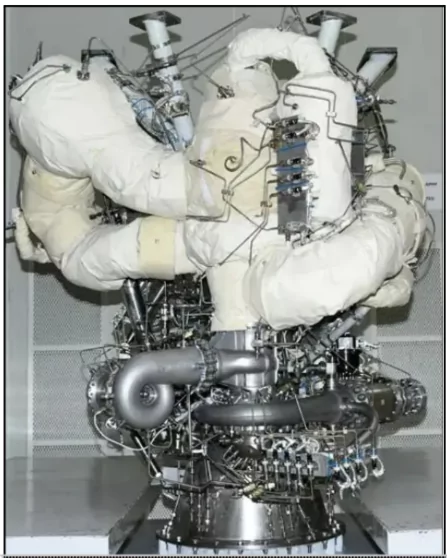![]() 6 Mar 2025
6 Mar 2025

The Indian Space Research Organisation (ISRO) recently successfully conducted the hot test known as the Power Head Test Article (PHTA) on a semi-cryogenic engine (SE2000).

| Feature | Cryogenic Engine | Semi-Cryogenic Engine |
| Propellant Used | Uses Liquid Hydrogen (LH2) as fuel and Liquid Oxygen (LOX) as an oxidizer. | Uses Kerosene (RP-1) as fuel and Liquid Oxygen (LOX) as an oxidizer. |
| Temperature Requirement | Operates at extremely low temperatures, with LH2 stored at -253°C. | Requires moderate cooling, with LOX stored at -183°C, while kerosene is stored at room temperature. |
| Thrust Generation | Provides high thrust but requires large fuel tanks due to the low density of hydrogen. | Offers a higher thrust-to-weight ratio as kerosene is denser, requiring smaller fuel tanks. |
| Complexity | Very complex due to extreme cooling requirements and handling of highly volatile liquid hydrogen. | Less complex as kerosene is easier to store and handle. |
| Usage | Used in upper stages of heavy-lift launch vehicles (e.g., GSLV, LVM3). | Suitable for first-stage boosters in heavy-lift launch vehicles (e.g., NGLV). |
| Efficiency | Very high efficiency due to the high specific impulse of Liquid Hydrogen. | Slightly lower efficiency than cryogenic engines but better than conventional solid or liquid engines. |
<div class="new-fform">
</div>